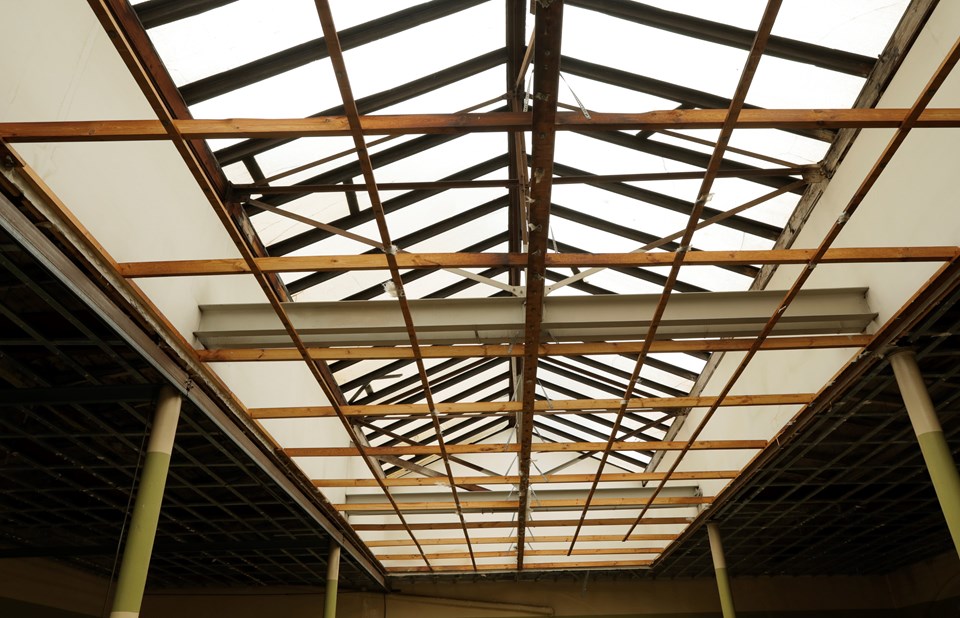
Understanding Structural Behaviour
ID: A201
The objectives of the course are the development of an understanding of structural behaviour,
adequate modelling of the structure prior to the computer analysis and development of a critical
attitude to the output of computer analysis.
Kurset varer ialt 1 dage.
- Description
- Agenda
- Teacher
- Practical
The objectives of the course are the development of an understanding of structural behaviour,
adequate modelling of the structure prior to the computer analysis and development of a critical attitude to the output of computer analysis.
Topics
Structural engineers continue to be taught to approach analysis by numerical algorithms. This approach does not help and in many cases hinders engineers to develop the intuition and ”feeling” for the response of the structure to load, which is an essential skill for the structural engineer.
It is clear from a long-term study that such an understanding is not the inevitable consequence of the numerical approach to analysis and design.
The course will develop an intuitive understanding of structural behaviour, to permit appropriate modelling of the structure prior to the computer analysis and the ability to assess and check the output without reliance on the traditional mathematical approach.
The ability to understand structural behaviour intuitively and graphically is more critical than ever due to the prevalence of powerful analysis software which can analyse and size elements for large 3D models including entire building frames.
The techniques learned during this course will help to protect the engineer, their practice and ultimately the safety of the public from either the misuse or misunderstanding of the computer.
By the end of the course, attendees should be able to:
- Apply powerful, qualitative (non-numerical) techniques to the solution of a range of framed structures
- Apply checking protocols for computer output and establish a reliable interpretation of the results
- Apply the qualitative approach to the approximate analysis of structures as an aid to the creation of the structural model
- Utilise the knowledge gained to develop and practise these skills in the design office.
The course will reinforce an understanding of structural theory. It will also inspire confidence and enthusiasm for our great profession.
The course will develop an intuitive understanding of structural behaviour, to permit appropriate modelling of the structure prior to the computer analysis and the ability to assess and check the output without reliance on the traditional mathematical approach.
Structural engineers
Structural engineers continue to be taught to approach analysis by numerical algorithms. This approach does not help and in many cases hinders engineers to develop the intuition and ”feeling” for the response of the structure to load, which is an essential skill for the structural engineer.
It is clear from a long-term study that such an understanding is not the inevitable consequence of the numerical approach to analysis and design.
- An intuitive understanding and the qualitative (non-numerical) graphical analysis of structures
- A recap of the key theorems in structural analysis - equilibrium and elasticity
- First and second order theorems of analysis
- Interpreting computer output
- Case studies
- Self‐assessment
- Qualitative analysis of beams
- Qualitative analysis of frames
- Solutions to collaborative practice problems for beams and frames
- The computer as a tool in the design process

Mark Moppett
The course is based on presentations made for the course.
